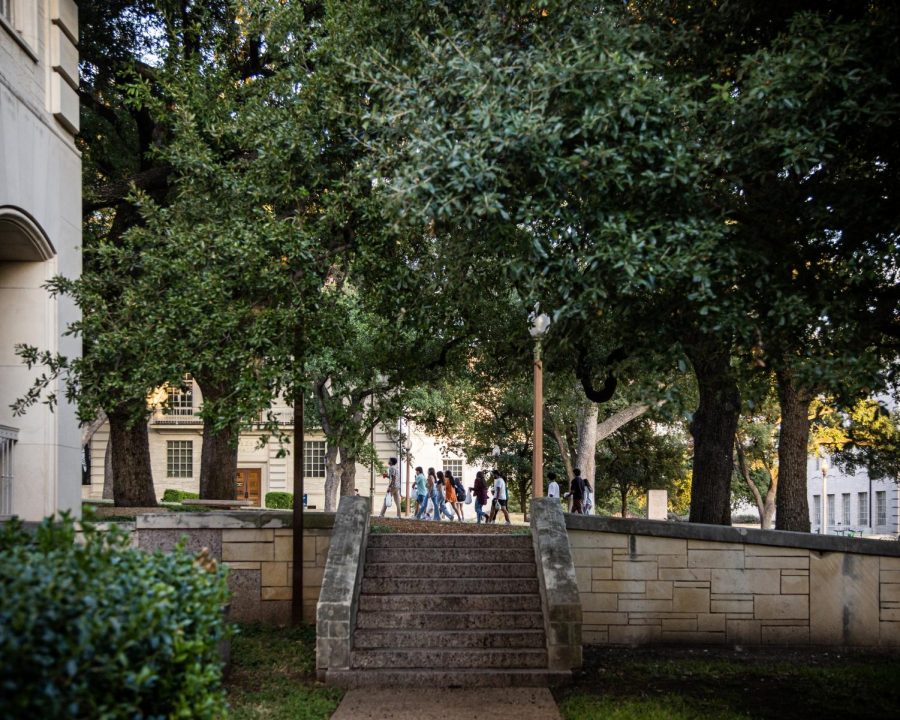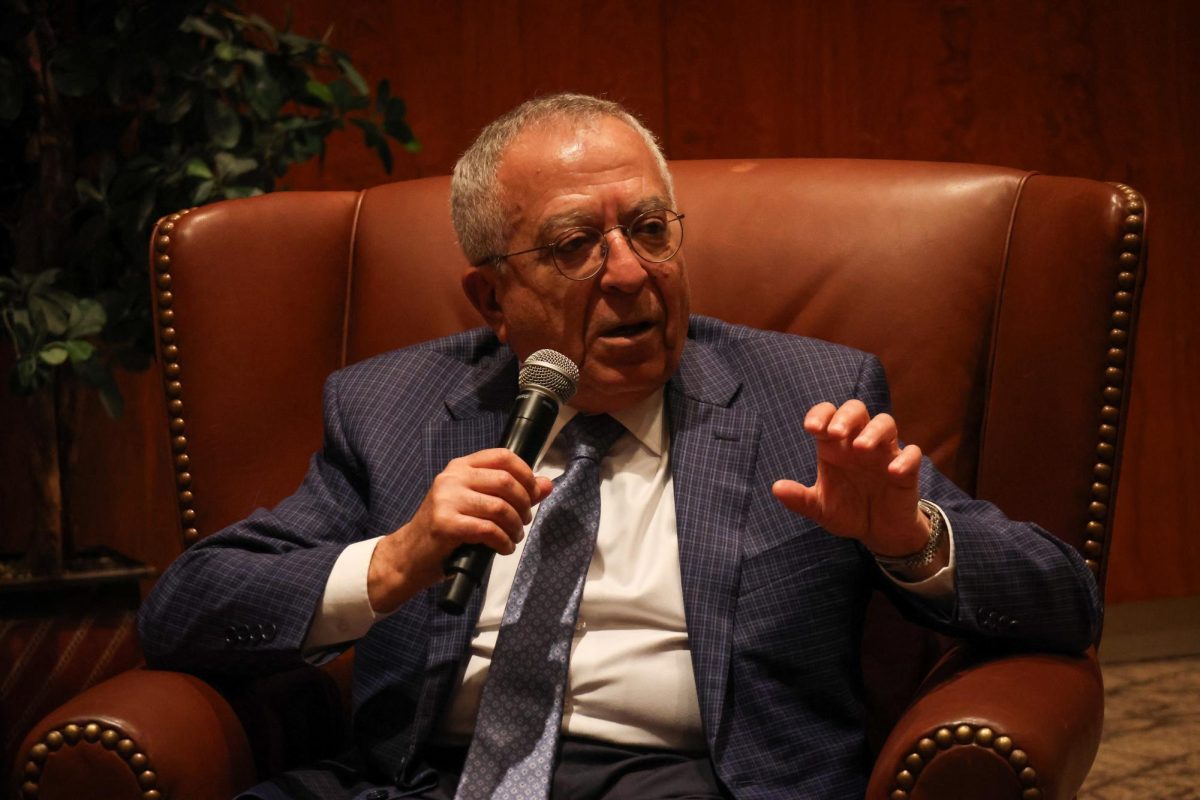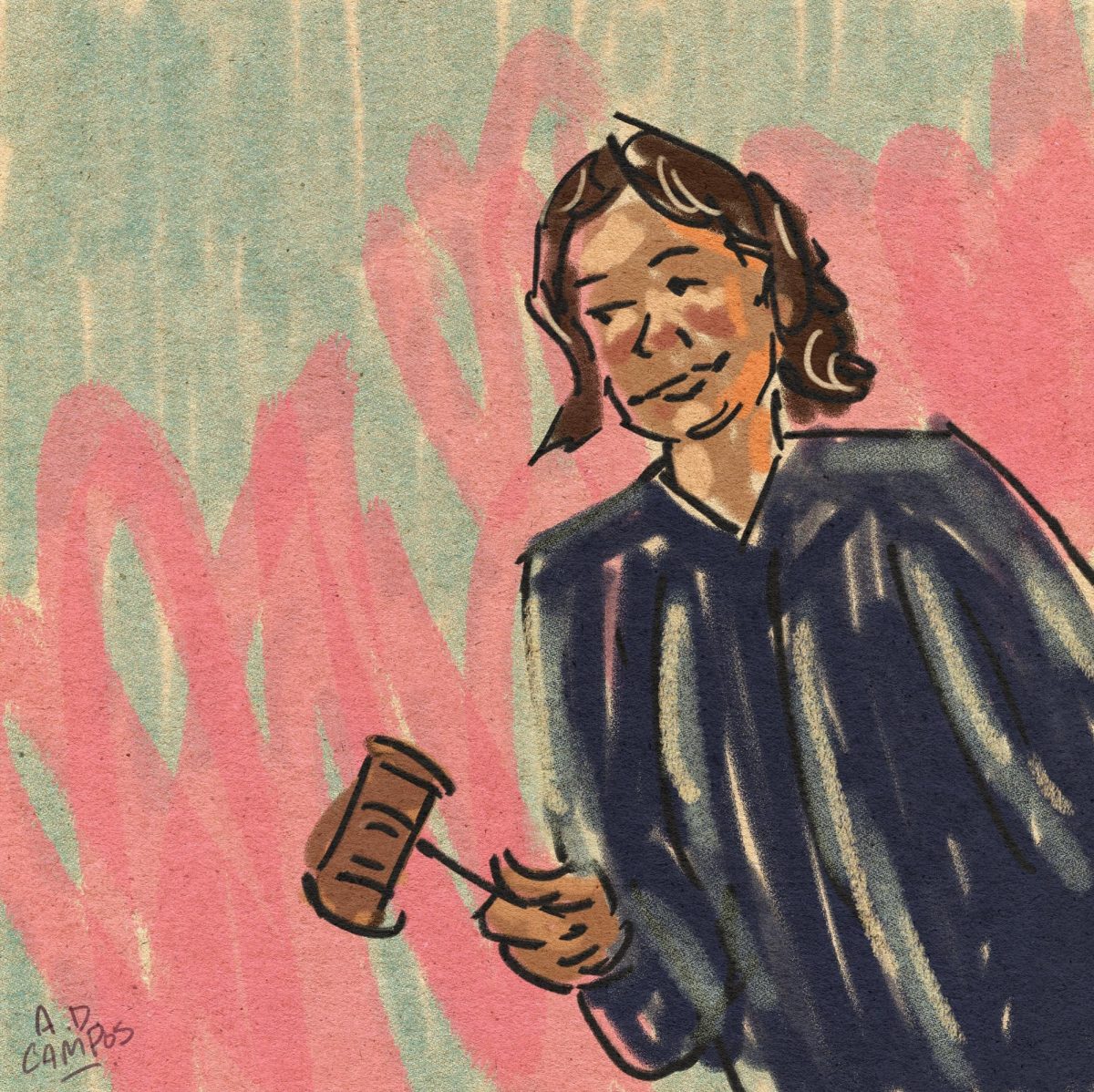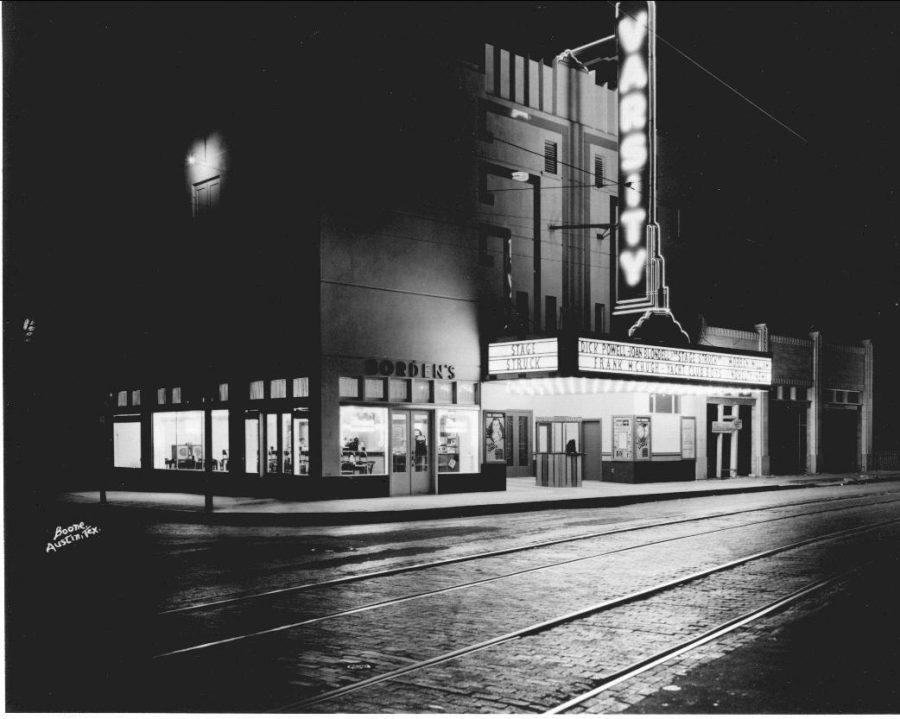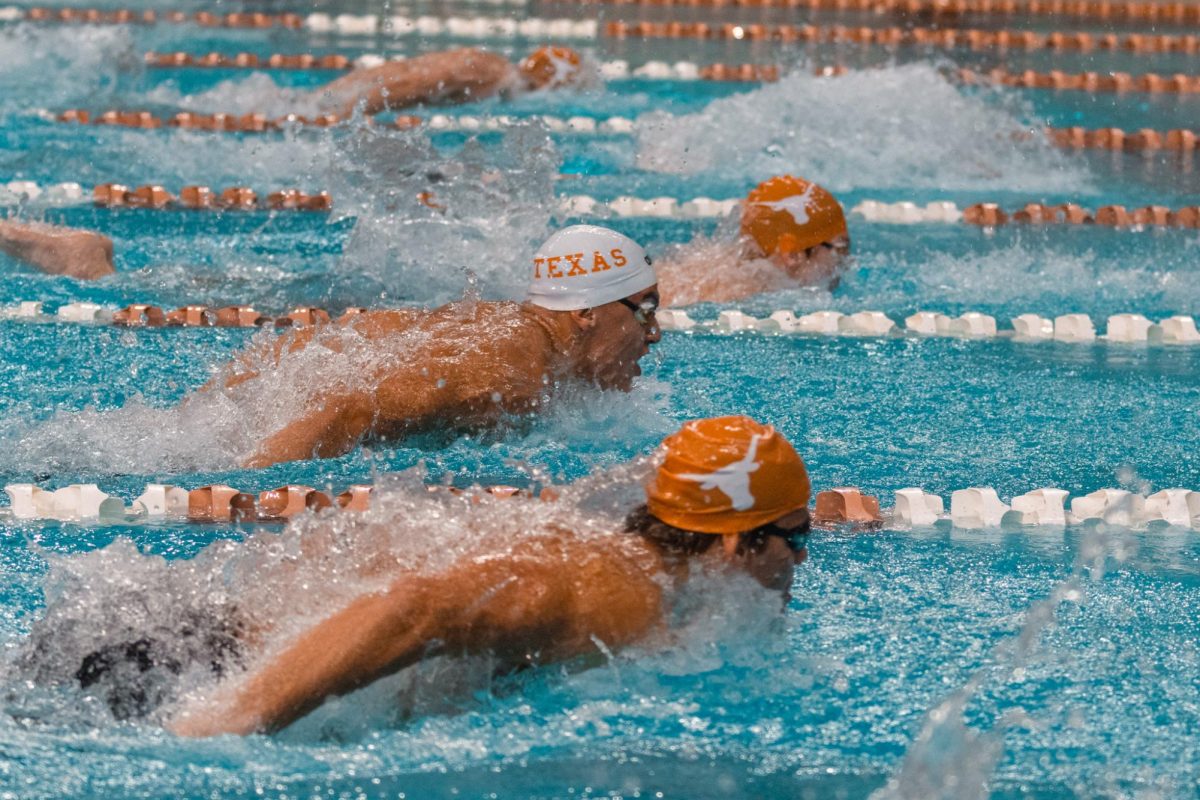During her first week of in-person classes in spring 2022, Emily Flores was certain to show up early to campus so she wouldn’t be late for class. She struggled to find accessible routes and ramps to get into buildings, causing her to be continuously late to classes.
Having grown up in Austin, Flores, who has muscular dystrophy and uses a wheelchair, never ran into accessibility issues when it came to going places and entering establishments, so the question of whether she’d run into problems at UT wasn’t at the forefront of her mind. But now, she regularly runs into challenges trying to attend her classes.
“There’s been a lot of times where I’ve had to circle what felt like the entire campus to just get into one building,” journalism junior Flores said. “There’s just so many scooters. If I’m not with anybody else, that’s a pretty big obstacle. Also, elevators can break down or just be really slow.”
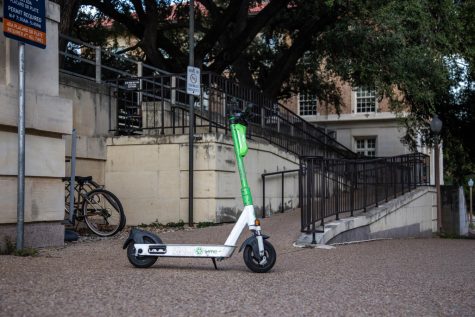
Disabled UT students’ struggles to access campus is an ongoing issue as many have difficulty finding accessible routes and entries to their classes, issues with scooters obstructing sidewalks and problems with construction and events blocking their fixed routes to class. These issues highlight that what it takes to gain access to an education isn’t as easy for disabled students compared to their able-bodied peers. And it’s an issue that disabled student advocates have continued to speak out on and push the University to make campus more accessible.
Throughout her time at UT, Flores has utilized accommodations through the University’s Disability and Access services, such as having a wheelchair-accessible desk. Despite having smooth experiences in regards to applying for her accommodations and how they’ve been met, Flores said she doesn’t appreciate the pressure Disability and Access places on disabled students.
“I don’t like that it’s our responsibility to make sure our accommodations are met,” Flores said. “I think the University should do more to make sure our needs are being met, not necessarily us.”
Flores said this is especially true since accommodations aren’t met retroactively, meaning that it’s the student’s responsibility to make sure their professor is aware of their needed accommodations before each semester to ensure they’ll be met. Flores said this is difficult for students to follow up with, as it’s easy to forget.
‘University didn’t listen’
Disability and Access, the office that provides students with accommodations, focuses on eliminating academic barriers students face within learning environments, said Emily Shryock, the director of campus collaboration and access. Serving as the primary point of contact for anything accessibility related, the office pairs each student with an access coordinator who manages their accommodations and is someone students can go to concerning accessibility issues on campus. The office’s services include providing students with priority registration, testing accommodations and the need for accessible desks for students who utilize wheelchairs.
Shryock said the office currently serves 3,000 students, with 1,200 new students registering last year. The office suffered from short staffing during the pandemic, which caused delays in processing accommodations. However, UT approved the office to hire two new staff positions, one of which has already been filled. These new employees allow the office to better match the number of students requesting support from the office, which has brought the office back to its prepandemic wait time of two weeks, Kelli Bradley, assistant vice president of Disability and Access, said at the ADA Accessibility Forum on Wednesday.
About 70 people attended the forum, which was aimed to address and gain insight into accessibility issues on campus. Students and faculty spoke of their concerns regarding accessibility in relation to certain University policies and traveling around campus.
“The University has a responsibility to make experiences accessible to students with disabilities,” Shryock said, while adding that all buildings on campuses are accessible to students.
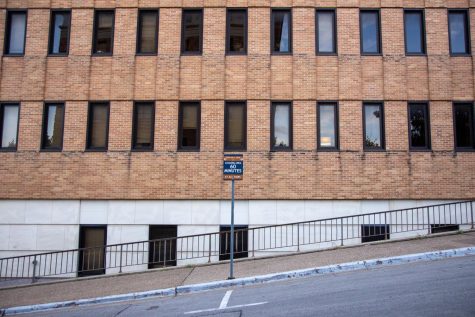
A.J. Walker, a media studies master’s student, said she feels Disability and Access hasn’t supported students in the way it claims. Walker suffered a leg injury in January that has left her in a walking boot for the last nine months. Having already had accommodations for two other preexisting medical conditions through the office, Walker went to her coordinator to receive additional services for her leg injury.
But rather than receiving assistance, Walker said she felt ignored. It took several days for Walker’s coordinator to respond to her, though she recognizes this is likely due to the coordinator being overloaded with too many students. Walker said her coordinator told her this was the reason for her delayed responses and unavailability to meet with her to discuss ways to offer aid.
Unable to speak on Walker’s situation specifically, Shryock said in an email that students seeking support in regards to mobility around campus are referred to Parking and Transportation Services to learn more about bus or parking options as transportation falls outside the scope of their office. But for Walker, the bus isn’t an option since it’s unreliable and takes longer.
Walker already makes a 20-minute commute to campus, and her parking spot is a 40-minute walk from where her classes are located. Before her injury, Walker said navigating campus was already difficult with two legs, so it became extremely inaccessible for her with one. This caused her to drop one of her classes last spring which was located at the Robert L. Patton Hall, which she said was incredibly inaccessible to her.
“I have been a strong Black woman all my life,” Walker said. “My foot injury made me realize I can’t be strong all day. I had to have a moment of weakness because if I don’t, this is literally going to break me, and I don’t want my foot to be the end of me.”
Walker said it’s been especially hard for her to navigate her injury with no support from the University. Her injury has made getting around campus physically exhausting, which flares up her two preexisting medical conditions and causes her body to shut down the next day.
“My department was the one who helped me by getting students to help me from my car to my classes. It wasn’t the University,” she said. “The University didn’t listen. I tried to fight the system, the system fought me back, and I lost.”
‘We need funding’
The Disability Advocacy Student Coalition, a student organization whose main focus is to serve as a disability hub for students, is associated with Disability and Access. They also serve as an informal advising group to Disability and Access and UT by bringing awareness to issues regarding disabled students. The organization played an active role in getting Report A Barrier posted on the Disability and Access website, advocating on behalf of disabled students, and most recently in the creation of the Disability Cultural Center, the location and opening date of which are still being decided.
President of the student coalition, Leo Ramírez, said the existence of disabled students needs to be recognized. When discussing the experiences of disabled people, he said the experiences of students aren’t typically taken into account, though it is incredibly important with regards to accessibility issues.
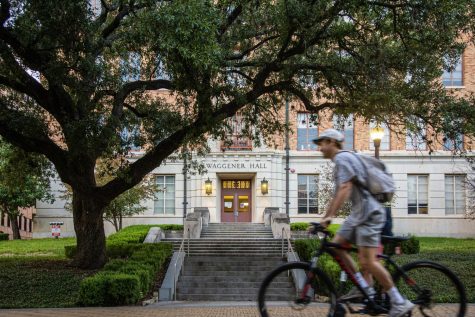
“We need funding to be able to provide accessibility services (and) to make accessibility improvements on campus,” said Ramírez, a humanities and history junior. “There’s stuff that doesn’t meet ADA standards at the moment, (and) there are large swaths of campus that aren’t accessible. It needs to be made a priority for administration.”
Steep hills make up a large portion of campus and affect things such as the D+ parking spots, which are reserved for disabled students. Other individual barriers such as poor railings, signage, ramps and more, are things that make campus inaccessible or hard to navigate for disabled students, Ramírez said.
Ramírez said the best way to make campus more accessible for disabled students is for UT to set aside more funding for campus improvement. He said people at UT have proposed a variety of projects to improve accessibility on campus, such as a shuttle system and expansion of existing services, but limited funding has stopped these efforts.
Jennifer Maedgen, the senior associate vice president and chief of staff in the Division of Diversity and Community Engagement, said the University currently dedicates $3.5 million a year towards accessibility projects on campus. Maedgen said UT’s Transition Plan is an example of the University actively working to improve accessibility on campus by documenting deficiencies at UT and prioritizing areas for improvement.
The 2020 plan found the biggest accessibility issues on campus were restrooms and travel inside and outside of buildings. To fix all accessibility issues on campus, the Transition Plan estimated it will cost UT $95 million.
As of now, Ramírez’s largest priority is advocating for an accessibility shuttle system on campus. He said this system would help fill in the gaps regarding accessibility on campus, but added that continuing investment would be necessary to set this plan in motion.
“To be able to access higher education, campus needs to be accessible,” Ramírez said. “Education and equity are not possible unless (the University considers) disability, even beyond the levels of meeting ADA requirements, … to ensure that each student is able to find success.”
To receive services from Disability and Access, students must apply for accommodations through the office. The first step is submitting documentation of their disability by emailing access@austin.utexas.edu. If documentation meets the office’s guidelines, students should schedule an intake appointment where a coordinator will discuss what accommodations and services are available to them. To learn more, visit diversity.utexas.edu/disability/how-to-register-with-ssd/


